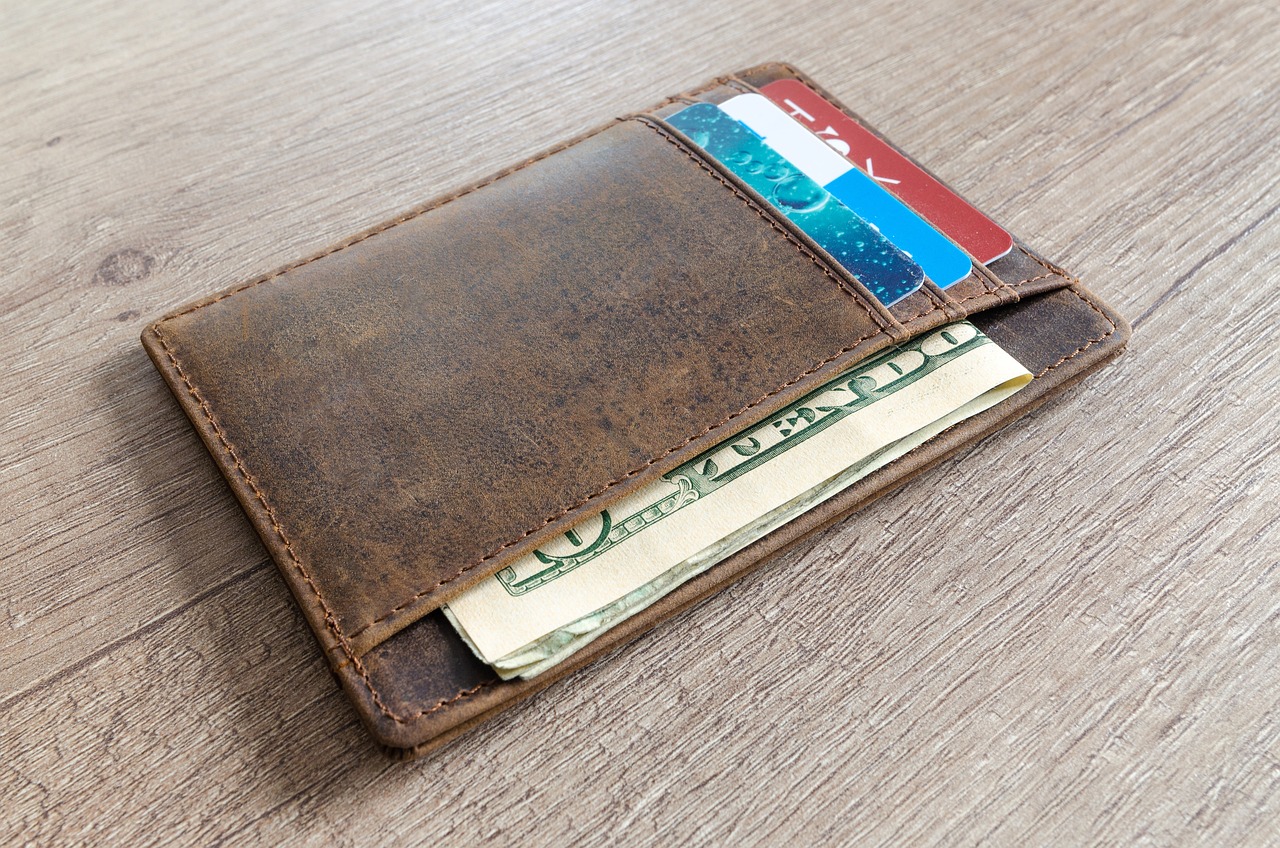The Psychology of Retail Therapy: Can Shopping Really Make You Happier?
Retail therapy is often seen as a way to cope with stress or negative emotions by indulging in shopping. The act of purchasing items can provide a temporary distraction or sense of control in times of emotional distress. Many individuals may turn to retail therapy as a means to lift their mood and boost their spirits when feeling down or overwhelmed.
Moreover, the act of shopping can also serve as a form of self-soothing and a way to seek comfort in material possessions. Acquiring new items can give a sense of satisfaction and pleasure, offering a brief escape from feelings of anxiety or sadness. The emotional gratification gained from shopping can provide a temporary high and serve as a coping mechanism for managing difficult emotions.
The Role of Dopamine in Shopping
Dopamine, often referred to as the “feel-good” neurotransmitter, plays a crucial role in the shopping experience. When individuals engage in retail therapy, the anticipation and act of making a purchase trigger the release of dopamine in the brain. This neurotransmitter is associated with feelings of pleasure, satisfaction, and reward, which can create a sense of euphoria during the shopping process.
Moreover, dopamine also reinforces our behavior by linking the act of shopping with positive emotions. As individuals experience a rush of dopamine while shopping, they associate this feeling with the act of purchasing goods. This reinforcement mechanism can lead to a cycle of seeking out shopping experiences in order to replicate the pleasurable effects of dopamine release. In essence, dopamine not only enhances our mood during shopping but also influences our shopping behavior by creating a psychological connection between shopping and feelings of happiness.
The Connection Between Self-Esteem and Retail Therapy
Individuals with varying levels of self-esteem often turn to retail therapy as a coping mechanism. Those with low self-esteem may seek temporary boosts in confidence through purchasing items they believe will enhance their self-image. The act of acquiring new possessions can provide a sense of accomplishment and momentarily alleviate feelings of inadequacy.
On the other hand, individuals with high self-esteem may engage in retail therapy as a means of rewarding themselves for their successes and maintaining their positive self-perception. The act of shopping can serve as a form of self-care and a way to celebrate one’s achievements, reinforcing a sense of self-worth. Regardless of self-esteem level, retail therapy can offer a temporary escape from negative emotions and provide a sense of control in one’s life.
What is the emotional motivation behind retail therapy?
Retail therapy is often driven by the desire to improve one’s mood and boost self-esteem through the act of shopping and acquiring new items.
How does dopamine play a role in shopping?
Dopamine is a neurotransmitter that is released in the brain during pleasurable activities, such as shopping. This chemical provides a sense of reward and satisfaction, which can contribute to the addictive nature of retail therapy.
What is the connection between self-esteem and retail therapy?
Individuals with low self-esteem may turn to retail therapy as a way to temporarily boost their confidence and self-worth through the acquisition of material possessions. However, this can lead to a cycle of dependency on shopping for validation.
Is retail therapy a sustainable way to improve self-esteem?
While retail therapy may provide temporary relief and a sense of gratification, it is not a sustainable or healthy long-term solution for improving self-esteem. It is important to address underlying issues and work on building self-esteem through self-care, personal development, and seeking support from others.







